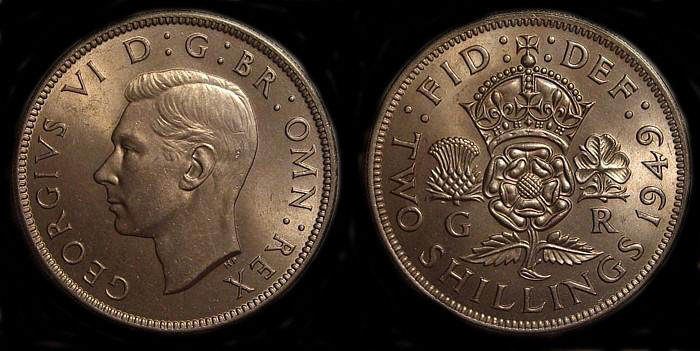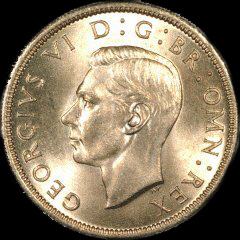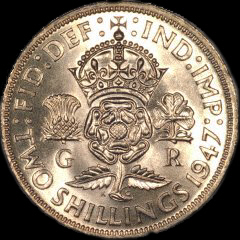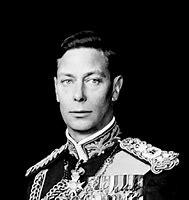








Designed by Nigel G Wilcox






The Paragon Of Metal Detecting
Powered By Sispro1
British Sterling Currency - Numismatics,
Florin
For Reference ONLY
Everything For The Detectorist




George VI 1936 - 1952 AD
A Florin coin is a denomination of the old redundant predecimal British currency system and was introduced in 1849 as a tentative step towards decimalisation.
- The Florin was also used by many other Commonwealth countries including Australia and New Zealand.
- The "Florin" had a value of Two Shillings or 24 pence or 1/10 th of a Pound.
- The silver Florins of the past 150 years should not be confused with the gold medieval Florins which are an entirely different coin.
- The origin of the term comes from Florence, Italy, in the mid-13th century where a gold coin called a "Fiorino d'oro" was used. Many other European countries also used a similarly named coin.
Originally, the Florin was made from 0.925 "sterling" silver. From about 1919 the silver content was reduced to 0.500 and from 1947 they were made from a copper/nickel alloy.
Since 1849, the Florin has varied from 28 to 30 mm in diameter and weighed from 11.3 to 11.5 grams.
The British Florin was last minted for circulation in 1967.
As part of Britains conversion to decimal currency, the Florin coin converted to 10 New Pence in the new currency, in 1968, a little ahead of schedule. In most other Commonwealth countries, the Florin converted to 20 cents at decimalisation.
From a coin collectors perspective, a Florin coin, depending on the year, condition and method of minting, could be worth anything from a few Pounds to several thousand Pounds GBP.
Note that since the Florin is part of a redundant or obsolete currency, it does not have an exchange rate with other currencies.
A Florin coin is a denomination of the old redundant predecimal British currency system and was introduced in 1849 as a tentative step towards decimalisation.
- The Florin was also used by many other Commonwealth countries including Australia and New Zealand.
- The "Florin" had a value of Two Shillings or 24 pence or 1/10 th of a Pound.
- The silver Florins of the past 150 years should not be confused with the gold medieval Florins which are an entirely different coin.
- The origin of the term comes from Florence, Italy, in the mid-13th century where a gold coin called a "Fiorino d'oro" was used. Many other European countries also used a similarly named coin.
Originally, the Florin was made from 0.925 "sterling" silver. From about 1919 the silver content was reduced to 0.500 and from 1947 they were made from a copper/nickel alloy.
Since 1849, the Florin has varied from 28 to 30 mm in diameter and weighed from 11.3 to 11.5 grams.
The British Florin was last minted for circulation in 1967.
As part of Britains conversion to decimal currency, the Florin coin converted to 10 New Pence in the new currency, in 1968, a little ahead of schedule. In most other Commonwealth countries, the Florin converted to 20 cents at decimalisation.
From a coin collectors perspective, a Florin coin, depending on the year, condition and method of minting, could be worth anything from a few Pounds to several thousand Pounds GBP.
Note that since the Florin is part of a redundant or obsolete currency, it does not have an exchange rate with other currencies.
Royal Monarchy
Copyright © All Rights Reserved by Nigel G Wilcox · · E-Mail: ngwilcox100@gmail.com
Florin
INFORMATION - DATA
Pages

George VI
We do NOT buy or sell coins
Main Coin Menu

VIEW ALL MENUS
Member NCMD
6. S. Menu
























